Canon RF 28mm F2.8 STM Review
Dustin Abbott
November 4th, 2023
It’s been a while since I’ve reviewed a Canon RF mount lens. Canon’s closed policy that has limited third party development looks like it will finally be changing at the end of 2023, but to this point it has meant that the only significant lenses for Canon RF mount are from Canon themselves. And I’ll be honest: for me, personally, there haven’t been a lot of home run first party lenses from Canon. Many are either very expensive or have critical flaws…or both. There have been a few exceptional lenses that I either own or would like to own, but if you’re on a tighter budget, the hidden gems have been pretty few and far between. But the Canon RF 28mm F2.8 STM might just be the compact, portable, and affordable prime lens that you’ve been looking for thanks to very good price to performance ratio. You can get my full thoughts by watching the video review below…and just keep reading.
Follow Me @ YouTube | Patreon | Instagram | Facebook | DA Merchandise | Flickr | 500px
Thanks to Camera Canada for getting me a loaner of the RF 28mm F2.8 STM. If you’re in Canada, check them out for a reliable online retailer. *The tests and most of the photos that I share as a part of my review cycle have been done with the 45MP Canon EOS R5, which I reviewed here.
__________________________________________________________________________________________________
The last budget lens from Canon that I reviewed was the interesting Canon RF 16mm F2.8 STM, a wide angle prime with both big flaws (huge barrel distortion, heavy vignette) but also big strengths (good autofocus, good sharpness and color). Like that lens, the new RF 28mm F2.8 STM comes to market at a price point of $299 USD, which means that only the RF 50mm F1.8 STM currently has a lower price among the full frame offerings from Canon. That makes this an important lens, as there are many people who have to stretch and save to get a new camera, and often there isn’t a lot left over to purchase lenses with. The RF 28mm is going to make sense both for those on a tight budget and also those who value as small and light of lenses as possible. This is a lens that is so short that from certain angles you can’t even see it around the camera grip.
The spiritual predecessor of this lens was actually the EF 28mm F2.8 IS USM lens, a true hidden gem from Canon released a little over ten years ago. Canon released both the EF 24mm and 28mm IS lenses at the same time, and while their maximum apertures didn’t excite anyone, what made them interesting was that they were the first Canon prime lenses with a focal length less than 100mm to receive Image Stabilization (IS). That made them interesting for video work, and while the 28mm was never a popular lens, it was always a highly rated one for its optical performance. That’s still true, as this tiny little lens can produce some stunningly good images.
Fast forward to 2023 and lens IS has become a little less important for the simple reason that the majority of camera released in the past four years include IBIS (In Body Image Stabilization), including the EOS R5 that I’m doing this review on. I will note that Canon has probably released more cameras without in camera stabilization than most other brands during this time, so there are certainly some of you who will notice the lack of image stabilization in the lens.
The other spiritual successor of this lens was also released in 2012, and it was the Canon EF 40mm F2.8 STM. This was Canon’s first “pancake” lens and also their first lens to receive the new-at-the-time STM or stepping motor. It was the beginning of the transition towards hybrid focus systems good for both video and stills that would become the standard on mirrorless cameras in the future. Like that lens, the RF 28mm F2.8 STM is a “pancake” style lens that is only 1″ (24.7mm) in length. It makes the compact 50mm F1.8 STM look hefty by comparison.
I actually really enjoyed the EF 40mm F2.8 STM and used it for several years, but this new RF 28mm lens is definitely superior in a number of ways and I think could definitely become a “hidden gem” for a lot of people. Will you be one of them?
Canon RF 28mm F2.8 STM Build and Handling
The Canon RF mount is a fairly large one in diameter, so most RF lenses don’t feel particularly small because their diameter is fairly big. But the RF 28mm manages to feel very small despite having a relatively huge diameter compared to the length. The lens is only 24.7mm long (under 1″) but is 69.2mm (2.7″) in diameter, giving it a very unusual lens profile.
The lens is extremely lightweight, weighing only 120g (4.2oz). Despite that very small weight, however, the lens doesn’t feel particularly “cheap” or plasticky. This is far remove from the “plastic fantastic” feel of the EF 50mm F1.8 II. The build is probably most similar to the RF 16mm F2.8 STM, which is similar to but just slightly better than the RF 50mm F1.8 STM. We’ve got a metal lens mount that feels sturdy and then engineered plastics for the barrel. A rear view also shows the 12 communication pins that the RF lens mount has which enables Canon to have more flexibility in lens design.
Almost no one does plastic lens mounts like the “cheap” Canon lenses used to have; it feels like build quality in general has been better on Canon’s RF lenses than was standard on similar EF lenses in the past. That’s the the good news.
The bad news is that Canon persists in the pettiest forms of “nickel and diming” with their consumer grade lenses. They never include a lens hood. The EW-55C lens hood will set you back an additional $45 so I suspect that 90% of purchasers will never bother with a lens hood. I didn’t have one on my test unit, but here’s a look at what one will look like should you purchase it.
The lens hood is a metal alloy, which sounds good, except that some have already noted that it adds a fair bit of weight to the package, which kind of defeats the purpose.
As is the case with all non-L Canon lenses, there is no weather sealing of any kind on the lens or any kind of included case or pouch. There are any number of third party brands producing lenses for other platforms that would include weather sealing, a hood, and a case for a similar price. It just feels like stubbornness by Canon at this point.
That rant aside, the RF 28mm follows a very similar design language to most similar RF lenses with several accent rings in a platinum color and the diamond pattern texture of the multi-purpose ring adding some variety to the look of the lens. The outer shell is durable, resistant to marking or scratching. The new Canon RF finish is matte and lightly flocked, making it resistant to finger prints and scratching. My long term experience with other similar lenses is that they hold up well over the long haul and look pretty much the same after years of use. My “old” RF 50mm F1.8 STM looks pretty much as new as the new RF 28mm despite years of use.
One area of improvement that while I could see a visible seam on the barrels of the RF 16mm and 50mm lenses, I don’t spot anything similar here. You’ll note from the photo above that the control switch is actually on a raised area on the lens that adds a few contour lines and more variety to the lens. The switch is mounted transversely to better fit in the narrow space, and I would say that the quality of the movement in the switch feels a little better than those previous budget lenses. M
I also like the way they’ve handled the switch options. Rather than just a choice between “control” and “focus”, they’ve essentially put an AF/MF switch here with a middle option for the control ring. I’ve complained in past reviews of the RF 16mm and 50mm lenses that when you chose “focus” you didn’t actually engage manual focus (you still had to select that in the camera). But this new approach is much better, as you actually have three choices here. The AF selection means that the front control ring will do nothing (which is what some people want at times). The Control option enables the ring to function in whatever capacity you have chosen in camera – an aperture ring, a focus compensation wheel, etc… But selecting MF is where the core improvement is, in that you can directly engage manual focus from the switch and just start manual focusing. My only complaint is that the detent at the “Control” setting isn’t defined enough. It takes a fair bit of force to start movement on either the AF or MF side and it is easy to slip past the Control setting to either the AF or MF position beyond.
I feel like the manual focus action itself is improved over earlier lenses. The damping on the tiny ring is pretty good, and while there is some feeling of inertia with big focus changes (you can tell it is focus by wire and the focus motor is moving things), it is reasonably well masked and I felt like I could fine tune focus with precision. I continue to LOVE Canon’s “focus guide”; it really does give great precision to manual focusing.
The diamond pattern texture on the ring makes for nice grip and feel and there is no feeling of “detents” here, so video shooters might enjoy setting the control to aperture and having a reasonable “declicked” aperture experience.
Up front we have a 55mm filter thread that will be replicated if you use the lens hood.
Clearly the standout about the build is how compact everything is. This could be the lens that really changes how you pack out your camera. I did my review on the fairly large Canon EOS R5, but if you use this on a small camera like an R8, the total weight with camera and lens would only be 581g! Not quite point and shoot territory, but you can see that even on the R5 the overall package is very compact.
The aperture iris is made up of 7 rounded aperture blades which help keep the aperture reasonably circular, though even here at F5.6 you can see that the shape isn’t purely round.
The minimum focus distance is 23cm (9.1″), which is useful in several ways. It’s not so close that you have to be right on top of your subject to get good magnification, but it also delivers a reasonable 0.17x magnification at that distance, which looks like this:
That’s not incredibly high, obviously, but enough to get a reasonably blurred background for some shots.
As noted in the intro, the RF 28mm doesn’t have image stabilization, but that wasn’t a problem on my Canon EOS R5. That might be a problem if you are using one of Canon’s cameras without IBIS, however, so keep that in mind.
While I will continue to beat the drum of complaining about Canon’s rigid policies regarding weather sealing and lens hoods on non-L lenses, I do think the RF 28mm F2.8 STM is a fairly nicely built little lens that handles well for being less than an inch long.
Autofocus and Video Performance
Canon has equipped the RF 28mm F2.8 STM with a “gear type” STM motor. STM is the lower tier of their autofocus motors, with the best lenses getting a linear-style Nano-USM motor. How happy you are with the autofocus performance from the RF 28mm is largely going to depend on your expectations and what you are doing with it.
If you read the marketing language attached the photo above, you might be led to believe that this focus motor is silent in operation. Canon says “exceptionally quiet”. It’s this kind of thing that makes me scratch my head, as Canon seems to be operating in a vacuum where their standard of comparison is to their own older EF mount lenses and not what’s available across the board on other platforms. It is true that compared to lenses equipped with old micro-motors the RF 28mm is exceptionally quiet, but if you compare it to the focus motors from just about every modern lens makers, it doesn’t even rank as particularly quiet; I would place it bottom 30% for quietness. Focus noise is not loud, but there is an audible whirring/scratchy sound as the focus elements move. I can hear it even when holding the camera at waist level. I’m currently also reviewing an autofocus lens from TTArtisan, and they just started producing autofocus lenses this year…but the STM focus motor on that lens is definitely quieter than the Canon…and it retails for only $125. That’s not to dunk on Canon, as all camera companies tend towards hyperbole in their marketing language, but it is fair to say that the focus motor is not particularly quiet by modern standards. Fortunately the modern standard for autofocus motors is very quiet…so this focus motor is a reasonably (but not exceptionally) quiet one.
I had excellent focus accuracy on my EOS R5 across a wide range of subjects and focus distances.
It’s easier to see in the video review, but when I moved the camera around even in stills mode you could instantly see the camera/lens tracking the eye. What’s easy to see here, however, is how precise the focus was in this shot of Nala:
Eye AF accuracy was good (as we expect at this point), but I also found accuracy very good with non-trackable subjects like this autumn leaf against a complex background.
I did my autofocus speed tests indoors and outdoors, and found AF-C/Servo-AF autofocus changes near instant outdoors and just a bit slower indoors. The actual autofocus change is near instant, but there’s a bit of lag before focus begins as the motor develops inertia.
For stills work I think that most everyone will be satisfied with the autofocus performance. It’s fast enough, quiet enough, and definitely accurate enough.
Things get a little more complicated when you turn to the video side of things, however.
When doing my autofocus pulls test for video I found the lag before focus changes far more pronounced. It feels like Canon has “detuned” the focus speed to allow for smoother focus transitions, and, while I don’t see any visible steps, what I do see is a fairly lengthy pause while inertia builds before the focus change. This is further highlighted by a fairly heavy focus breathing, which really draws your attention to the moment when focus changes.
That caused some issues with my hand test, as the lens is not at all responsive to sudden changes, so I either reveal or conceal my face with my hand before the lens, and, initially, it would be as if nothing had changed, and only after that pause would focus slide to either my face or my hand. That delay actually caused me to have to reshoot the test multiple times and hold the transitions longer, as at first I wasn’t even sure that autofocus was engaged.
Things work best when the autofocus has the ability to gradually move in a linear direction, as if when moving slowly towards a subject. It’s when the lens has to make a significant focus change that the transition is jarring.
For video I would primarily use this lens either for static shots or shots with small, gradual focus changes. Any big focus changes are going to show a lot of focus breathing.
In summation: I like the autofocus accuracy for stills, and the focus speed and quietness are largely fine. The minor flaws for autofocus during photos are magnified during video capture, however, so I wouldn’t call this a great video option.
Canon RF 28mm F2.8 STM Image Quality
The Canon RF 28mm F2.8 STM has an optical design of 8 elements in 6 groups (that’s a lot of glass packed into that small of a lens!) That includes what seems to be a protective layer of glass deep in the lens mount. There are three aspheric elements in the optical design, and that adds up to a lens with a surprisingly strong MTF chart (particularly for a pancake lens!)
The MTF suggest a sharp center, an even sharper mid frame, and with sharpness and contrast only dropping at the very edge of the frame. Real world results look great, to my eye, with excellent detail and contrast. Look at how much detail is in this shot of drying autumn weeds.
That’s very impressive (and on a 45MP body!). I didn’t have a Canon APS-C body on hand, but that particular sharpness profile (MTF) speaks of a lens that will translate to APS-C extremely well, as that bit of drop-off at the edge of the frame will be cropped off. Canon’s APS-C crop will make this lens behave like a 45mm lens…a focal length I personally love. Here’s a few shots taken on the APS-C mode of my EOS-R5 – they definitely look very sharp.
We’ll work through the chart results by first looking at distortion and vignette. Canon has definitely taken to really relying on a software layer to correct for these issues on many of their recent lenses, and that’s definitely the case here.
The RF 16mm F2.8 was one of the worst offenders in this area that I’ve ever seen, but fortunately the less extreme nature of the focal length makes for a milder amount of distortion. I used a +21 to straighten the lines in the middle, but you can see that the distortion pattern isn’t completely linear, so that left a bit of a flaring out in the corners. The standard correction profile does a cleaner job with those lines, though I do see a bit of unevenness in those lines.
Good enough for most applications, though. The vignette is another story, however, requiring me to max out the sliders to fully eliminate the vignette at F2.8 (a +100 correction).
What you see in the viewfinder is the corrected look (like the image above), so that’s what I thought I was framing, though the unedited RAW file first shown (left side) shows that Canon leaves plenty of room for correction. I actually had a little more usable image when doing a manual correction, though that’s less of a factor with a 28mm lens as opposed to an ultra wide where you want as much width as possible.
How about chromatic aberrations?
My tests showed little longitudinal chromatic aberrations before and after the plane of focus. You can see a bit of green fringing after the plane of focus here, though the foreground is very neutral.
I also see little fringing on any of the shiny surfaces of this old SLR in this image. My experience says that this kind of image can be disastrous for lenses that suffer with fringing.
Lateral Chromatic Aberrations usually show up along the edges of the frame as fringing on either side of high contrast areas. If I turn corrections off, I do see a little bit of fringing at 100% viewing, but there isn’t anything to see if I turn corrections back on.
The RF 28mm doesn’t quite escape this section unscathed, but neither is there anything fatal here. All pancake lenses require some compromises to achieve their small size, but I would say that Canon has done an effective job of mitigating those issues.
So how about resolution and contrast? All chart tests done with a Canon EOS R5 (45MP) using a tripod and a two second timer. Here’s a look at my test chart:
And here are the crops (at roughly 180% magnification) from the center, mid-frame, and extreme corner shot at F2.8:
This shows just want the MTF charts suggest. This is a very sharp lens, with excellent sharpness across the frame. Even the corners look quite good.
This is really important when you have a maximum aperture of just F2.8 in a prime lens, as it means that can shoot wide open and get excellent sharpness. You can use smaller apertures as a tool to increase depth of field, not to have to get sufficient sharpness. F2.8 delivers plenty of sharpness even when composed close to the edge.
That helps with low light performance as you can shoot with the aperture wide open. I brought ISO up to 1600 for this low light photo (with only a 1/25th shutter speed), but you can see the image still looks great.
Sharpness further improves at F4 with contrast visibly improving in the center:
…and into the corners:
Stopping on down to F5.6 gives just a little more sparkle everywhere:
That means that real world images at smaller apertures just look fantastic, with great contrast and detail everywhere.
Obviously a little prime lens like this doesn’t have the flexibility or features of Canon’s expensive RF 24-70mm F2.8L IS, but it is delivering similar image quality…at least at 28mm.
Sharpness peaks at F5.6, and is only a tiny bit worse at F8 due to diffraction, but by F22 the image will be very softened due to diffraction.
The bokeh quality from the RF 28mm is also fairly good. F2.8 is not a huge maximum aperture, so backgrounds will rarely turn into that magical “cream” that extremely large aperture lenses can create. When used up close, however, the bokeh looks pretty good.
Step back a bit and choose a more challenging scene, and the bokeh can get a little busy.
This image falls somewhere in between, as there is more edges on some of the out-of-focus textures than what I would like, but there is still some nice subject separation and the image looks pleasing.
But I’m reminded this is a pancake lens, and for such a small optic, this is a pretty nice end result.
I also noted that the RF 28mm handled bright specular highlights pretty well. There was no issue with “onion-bokeh” or similar issues.
Canon and Fuji are my favorites for color rendition, and I was reminded when processing images from the RF 28mm and my EOS R5 how much I do enjoy Canon’s color science.
Here’s another image that shows up that nice balance of saturation without lending to garishness.
Flare resistance is not a particular strength for this little lens. When I worked with bright, directional sunlight I saw a lot of different flare artifacts, including blobs of color, loss of contrast, and prismatic blooming. I also didn’t find that I could produce a particularly well defined sunstar.
Hmmm, it would be nice to have a lens hood included, no?
I’ve used or reviewed half a dozen pancake lenses at this point, but none of them deliver quite this level of optical performance. This is a very strong little lens optically, and I would argue that its optics are as good as any non-L lens in Canon’s currently lineup. You can see many more beautiful images by visiting the image gallery here.
Conclusion
It’s been a while since I’ve been excited by a new non-L Canon lens, but I really like the Canon RF 28mm F2.8 STM. It’s far from a flawless lens, but it is a surprisingly complete one for a pancake lens. This is a lens that doesn’t take up much more room than a front cap for your camera, and yet can produce any number of stunning images.
Pancake lenses are fun because they give you a completely different perspective on your larger cameras. They are discrete and “cute” in a way normal lenses are not. Not everyone loves the 28mm focal length, but I dare you to try out this particular lens and focal length and discover just how useful it can be.
This is also a great option for those shooting with an RF mount APS-C camera, as at the time of this review there are still very few RF-S lenses…and nothing like this. This lens actually reminds me of the EF-M 22mm F2, a lens that I got a lot of joy out of during my time with the Canon M system. I used that lens a lot while vacationing and was just so impressed by the quality of images I could get out of that lightweight combination. I can get even better images with this lens on the superior Canon EOS R5 sensor, and the RF 28mm F2.8 is easily sharp enough to handle that high resolution point. There haven’t been many lenses on Canon RF to date that quality as a bargain, but this just might be one. At $299 USD, it’s not incredibly cheap, but it is a lot of lens (at least in one sense) for the money!
Pros:
- Less than an inch long
- Extremely lightweight
- Improved design to AF | MF | Control
- Ring moves smoothly and with good damping
- Autofocus is reasonably quick and quiet
- Good focus accuracy
- Extremely sharp lens…particularly for a pancake
- Fringing well controlled
- Good color
- Fairly good price
- Good option for APS-C shooters, too
Cons:
- Lens hood not included
- No weather sealing
- Significant focus breathing
- Significant barrel distortion
- Very heavy vignette
- Flare issues
__________________________________________________________________________________________________
GEAR USED:
Purchase the Canon RF 28mm F2.8 @ Camera Canada | B&H Photo | Adorama | Amazon | Amazon Canada | Amazon UK | Amazon Germany
Purchase a Canon EOS R5 @ B&H Photo | Amazon | Camera Canada | Amazon Canada | Amazon UK | Amazon Germany | Ebay
Purchase a Canon EOS R6 @ B&H Photo | Amazon | Camera Canada | Amazon Canada | Amazon UK | Amazon Germany | Ebay
Want to support this channel? Use these affiliate links to shop at: B&H Photo | Amazon | Adorama | Camera Canada | Amazon Canada | Amazon UK | Ebay | Make a donation via Paypal
Buy DA Merchandise https://bit.ly/TWIMerch
Keywords: Canon RF 28mm F2.8, Canon RF 28mm F2.8 STM, Canon RF 28mm Review, Review, STM, F2.8, RF, F/2.8, Canon RF 28 Review, Canon EOS R5, EOS, R5, EOS R5, Canon EOS R6, EOS R6 Review, mirrorless, full frame, EOS R5 Review, Canon R5 Review, Canon EOS R5 Review, Dustin Abbott, Real World, Comparison, Handling, Focus, Portraits, Resolution, High ISO, Image Quality, Sample Images, Photography, 45Mpx, 45MP, Canon, letthelightin
DISCLAIMER: This article and description contains affiliate links, which means that if you click on one of the product links, I’ll receive a small commission. As an Amazon Associate I earn from qualifying purchases.










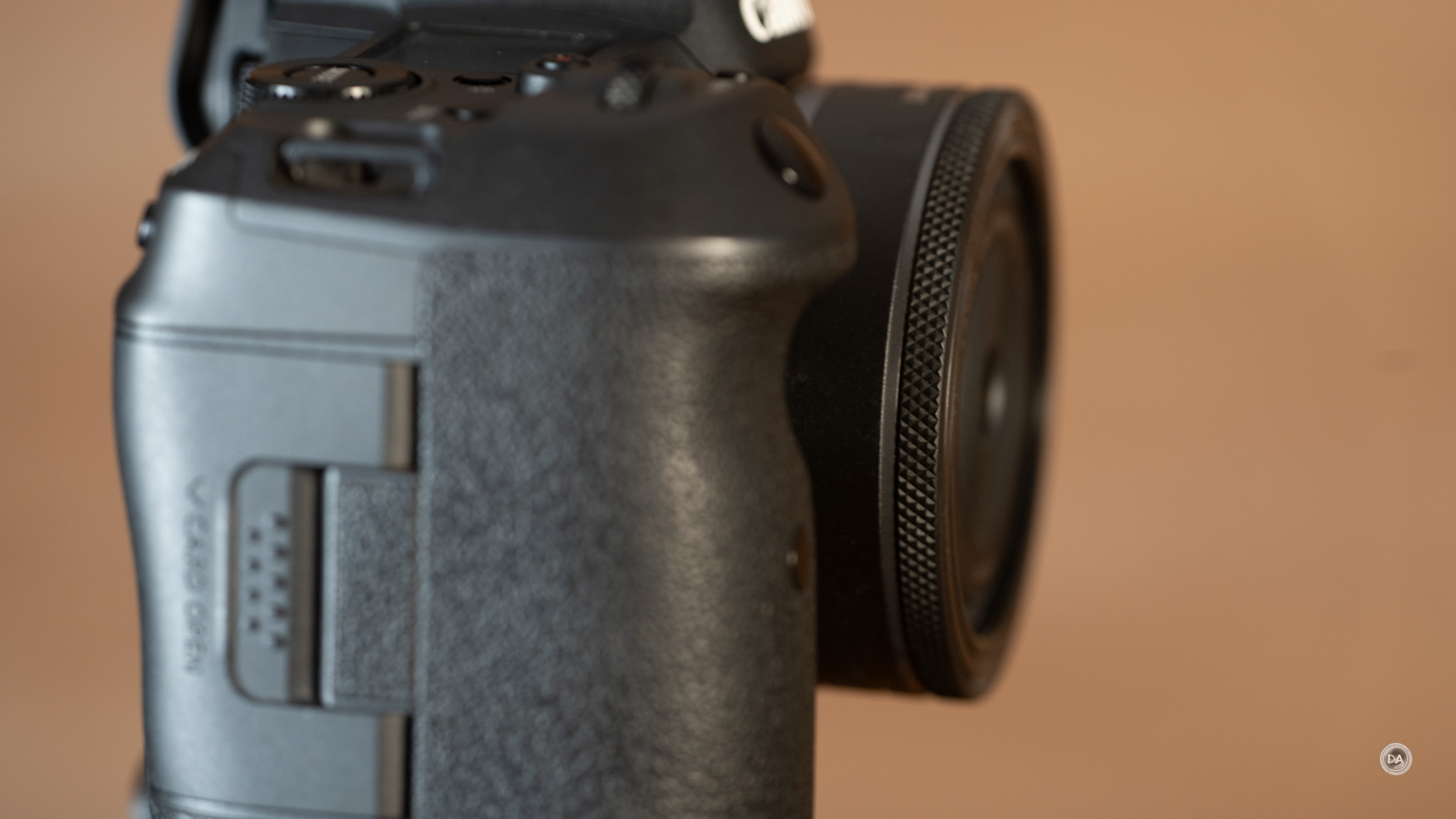


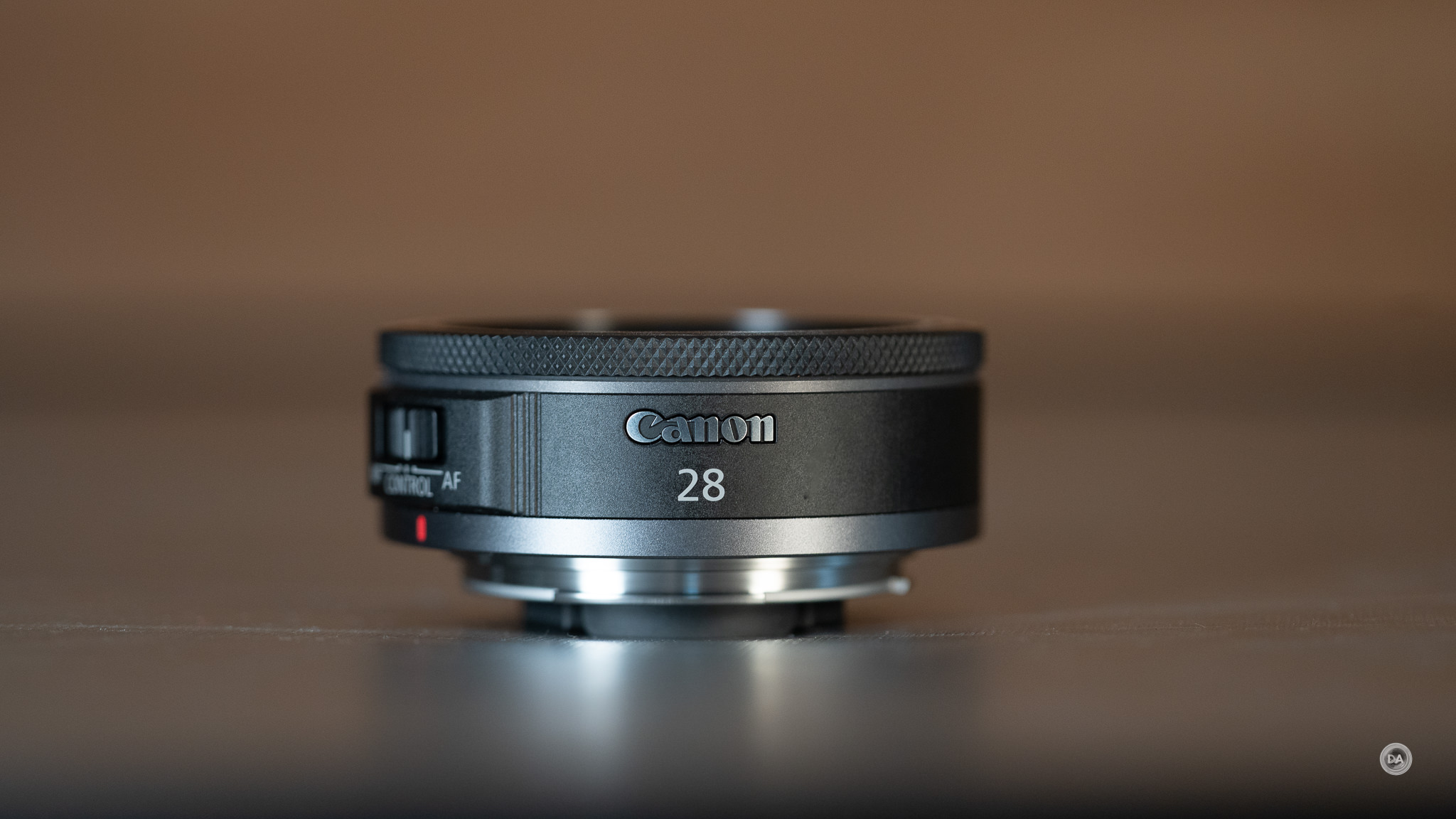

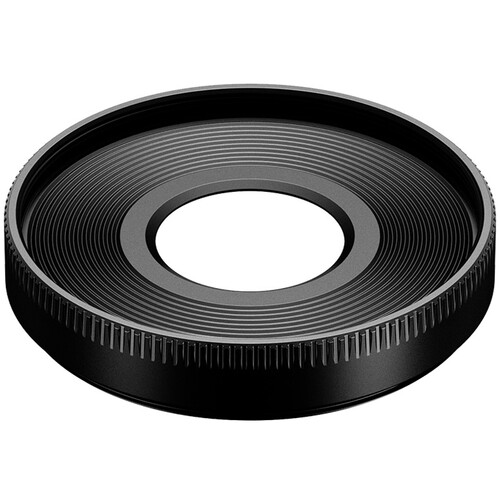
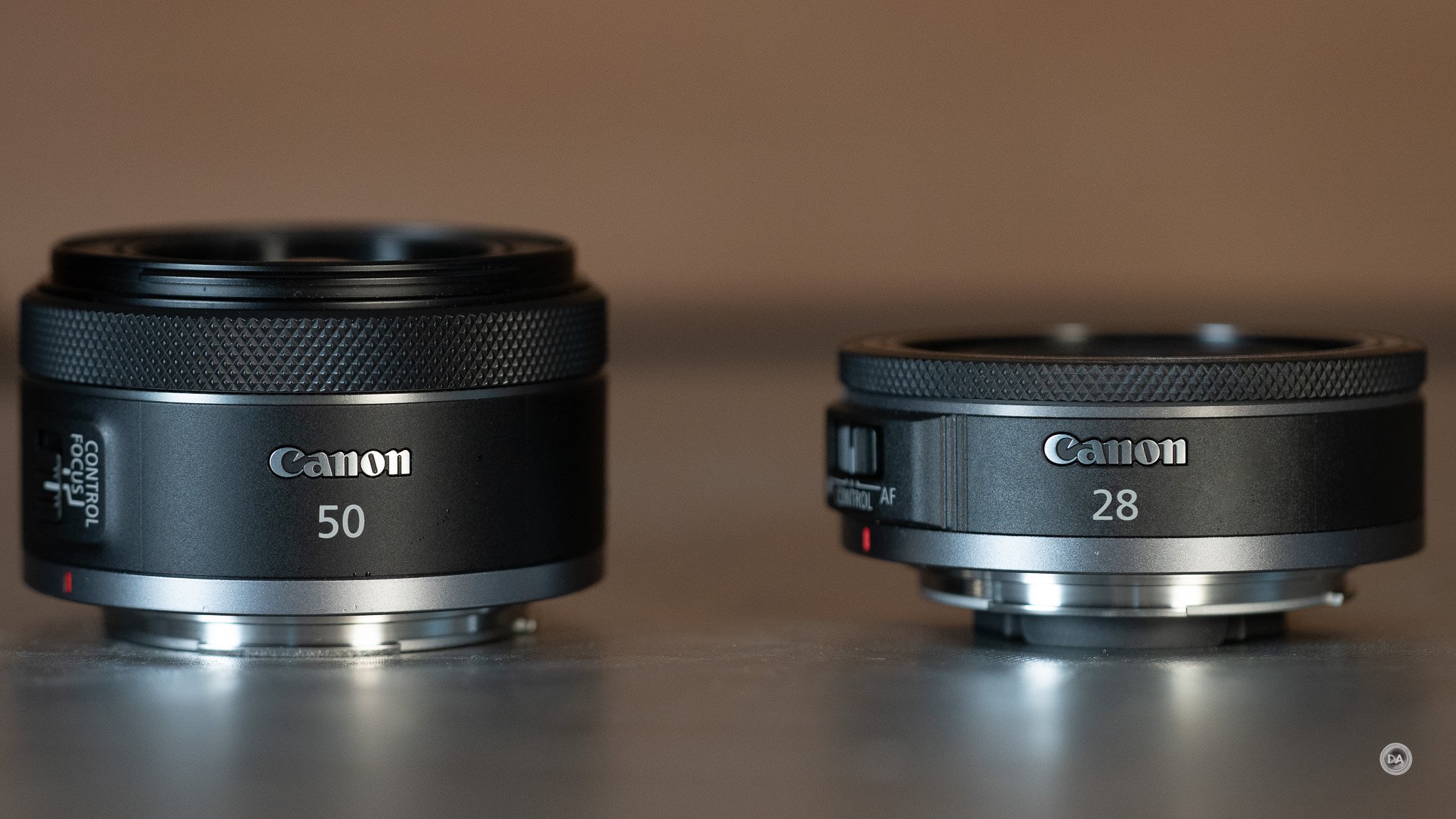
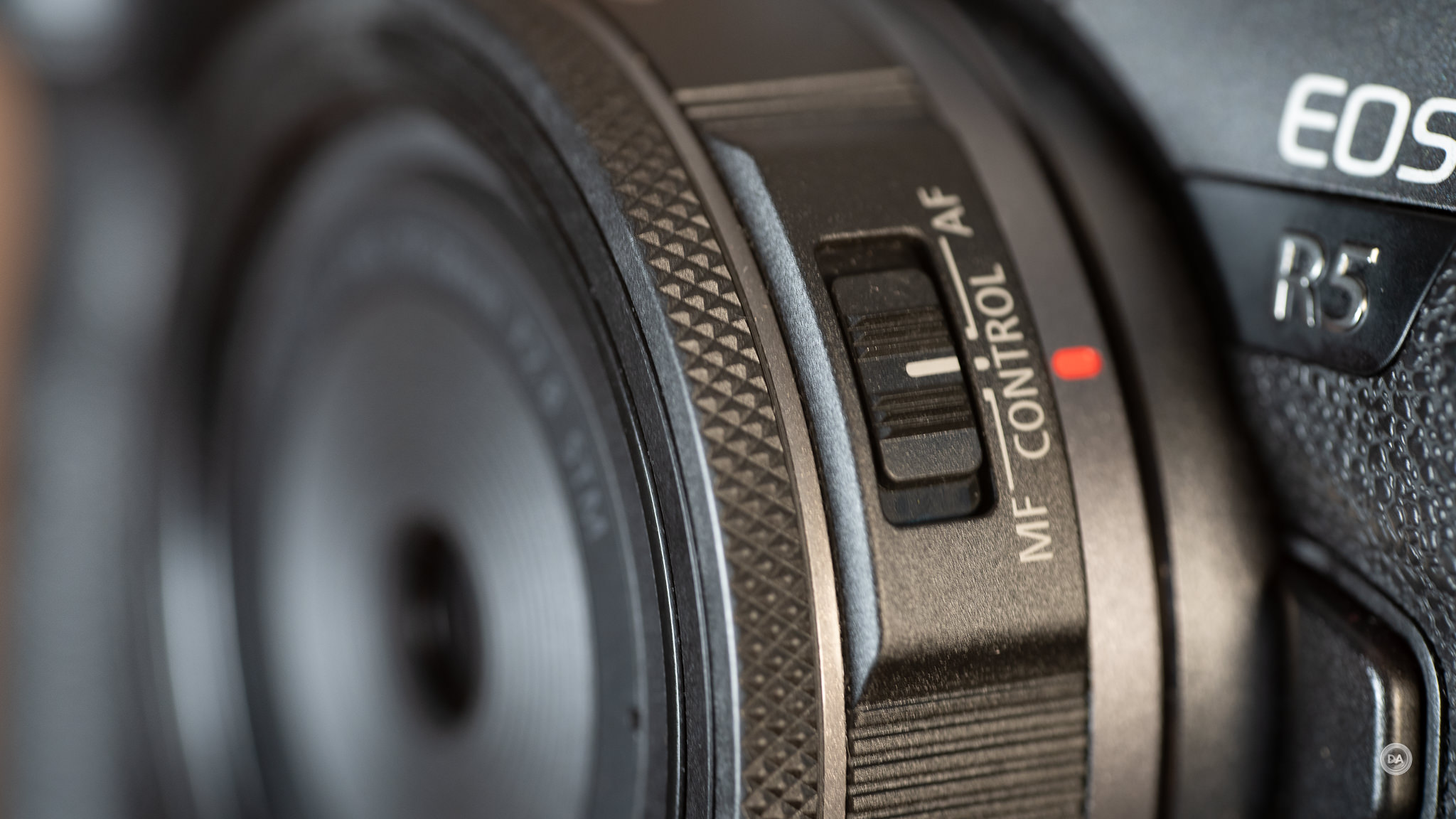
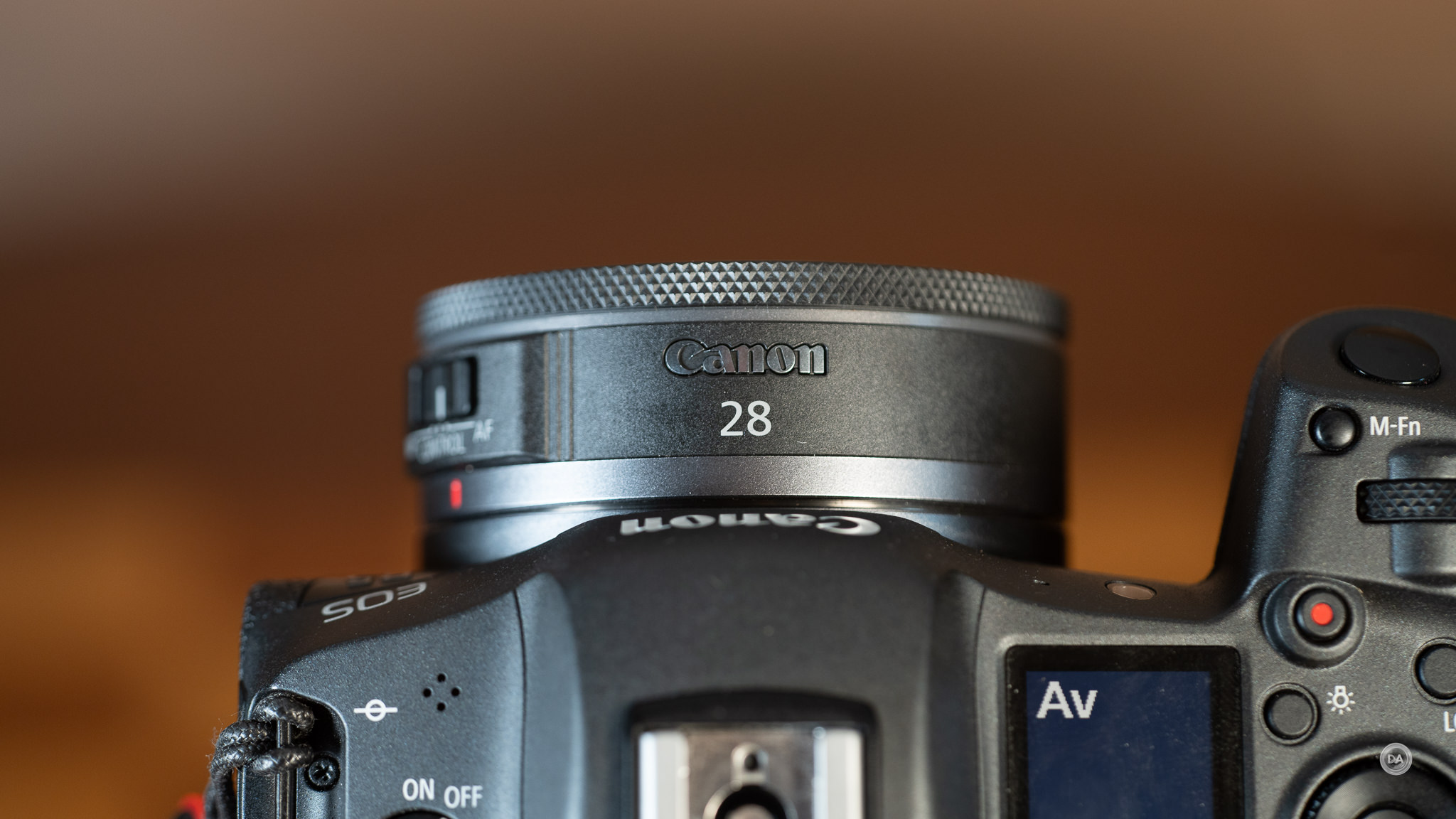
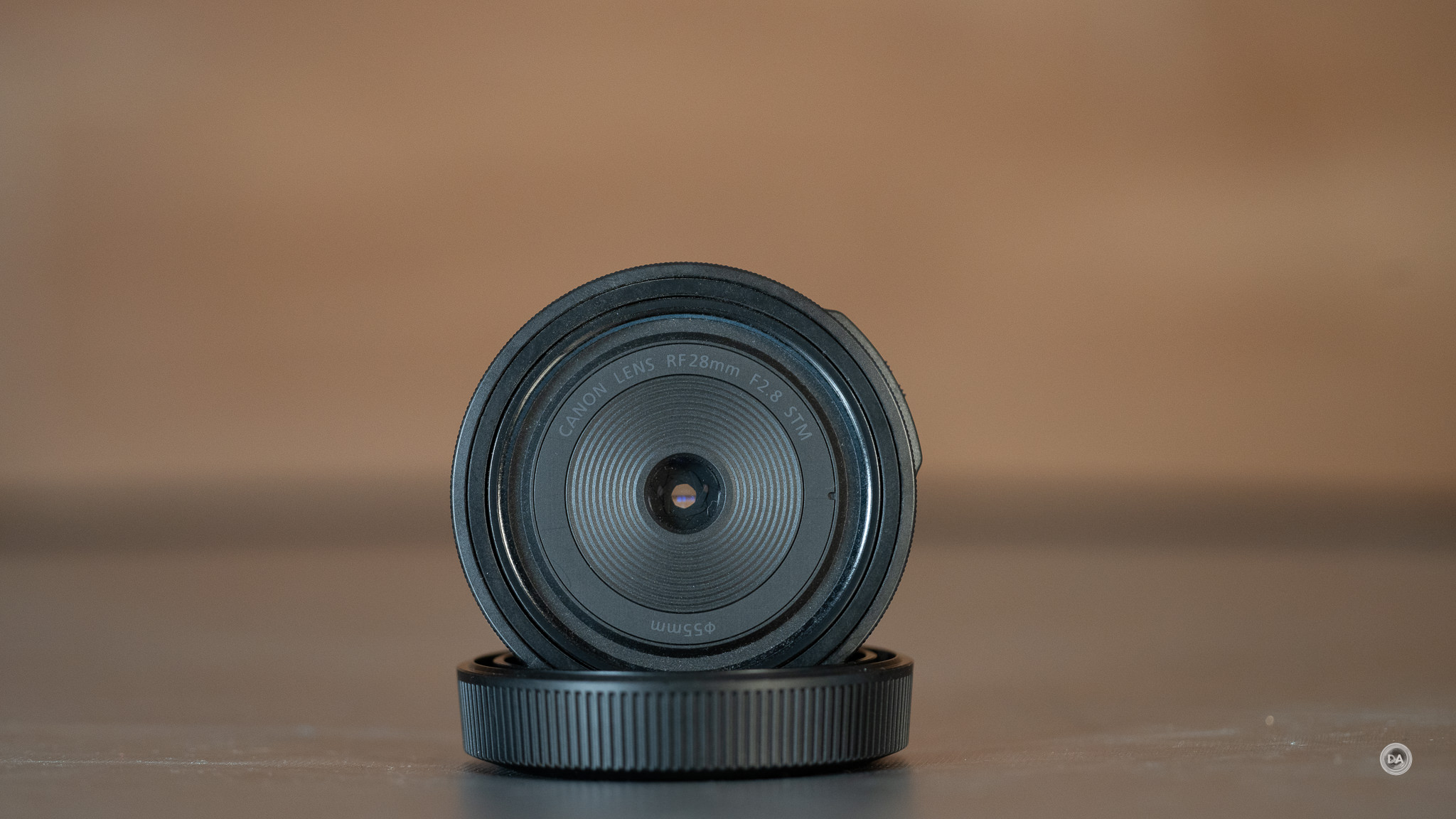

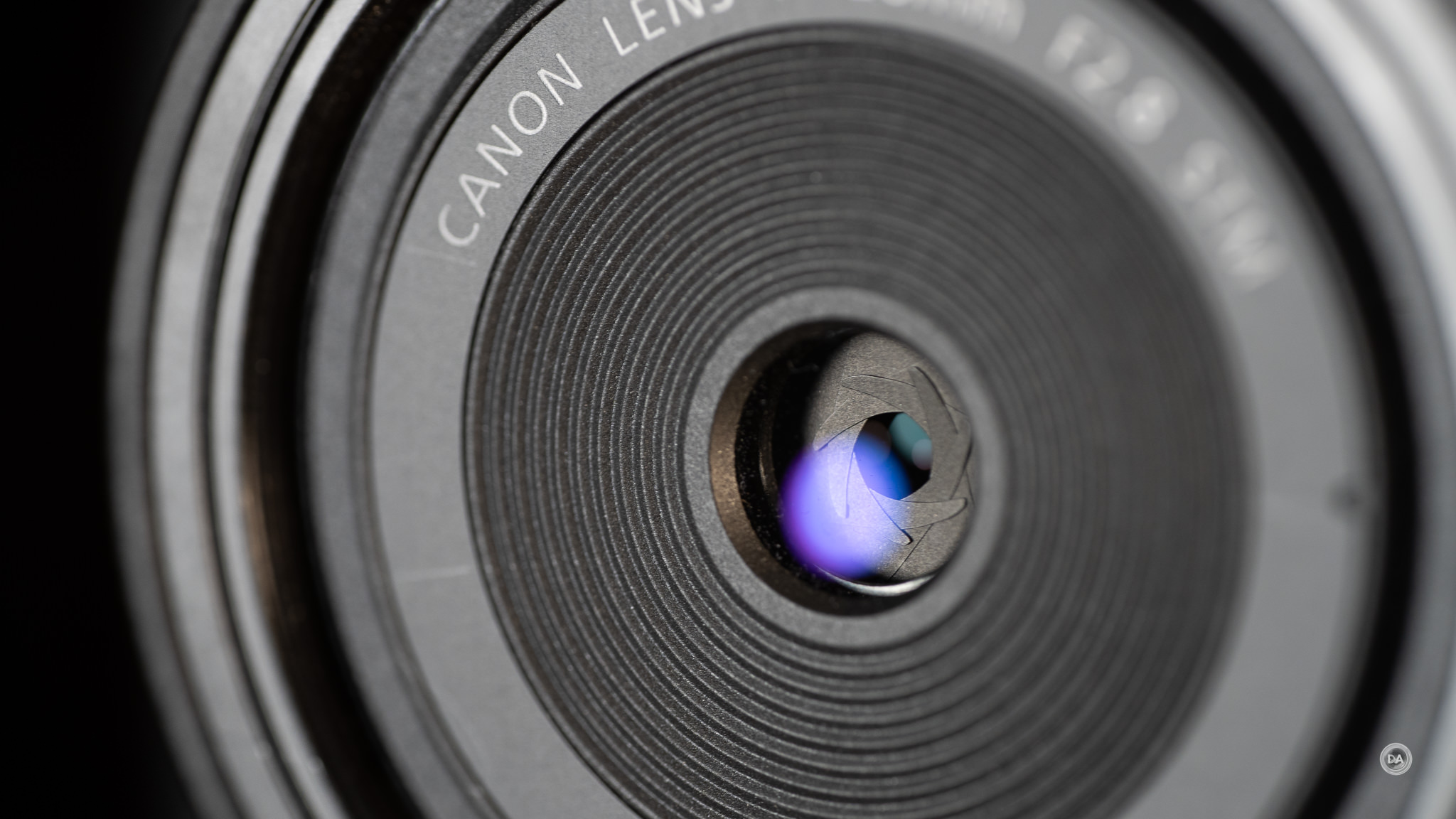
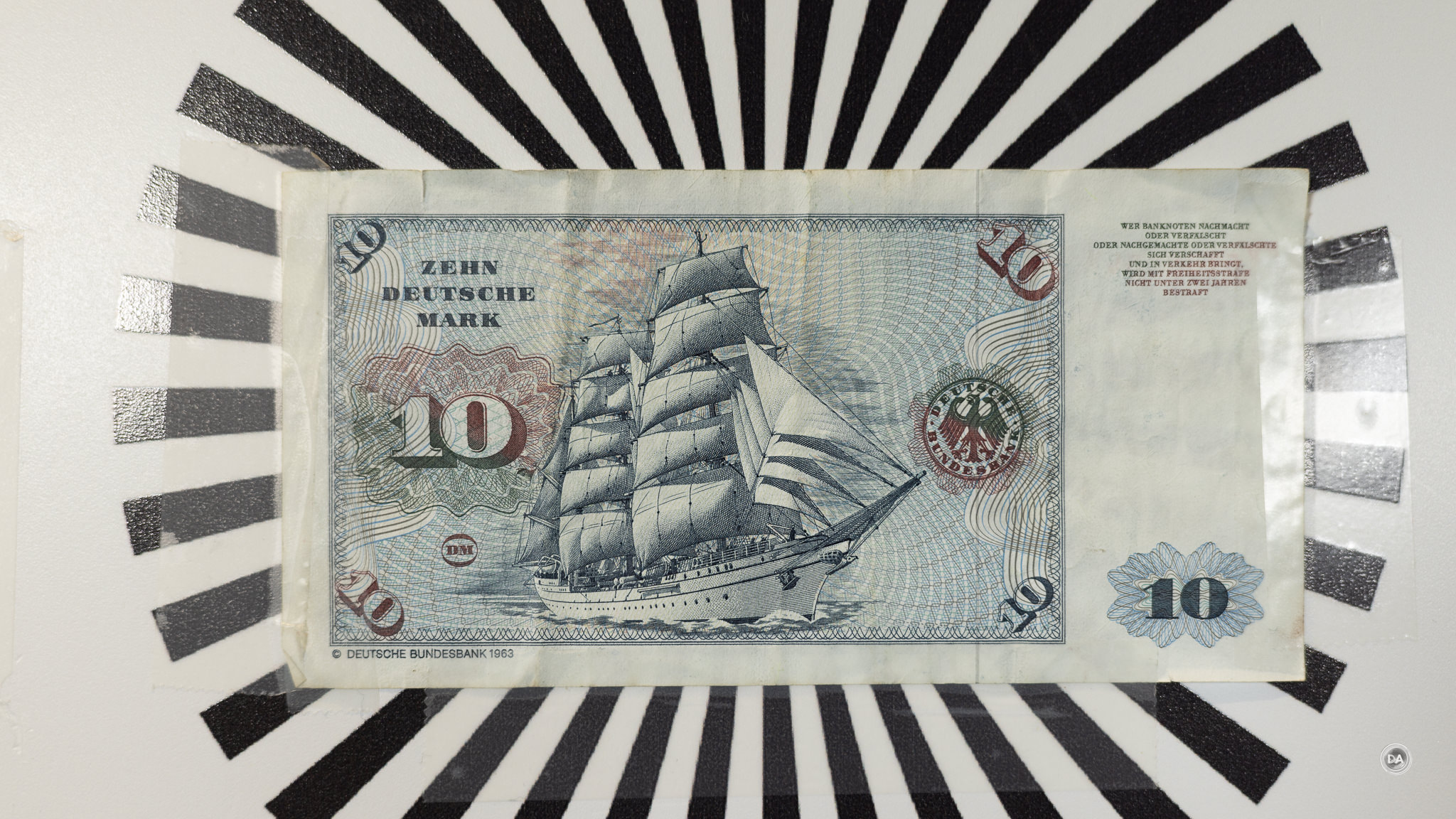














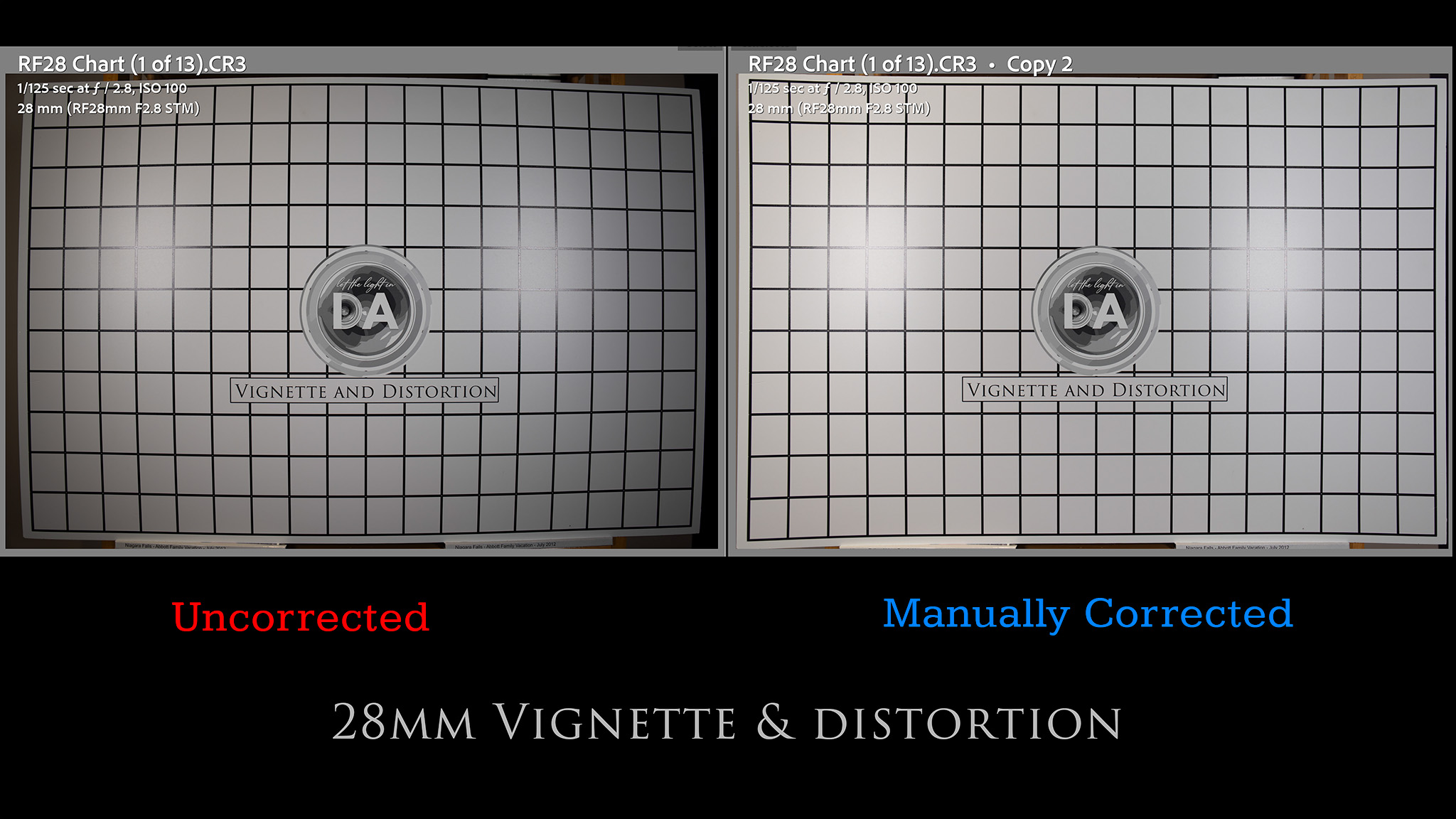
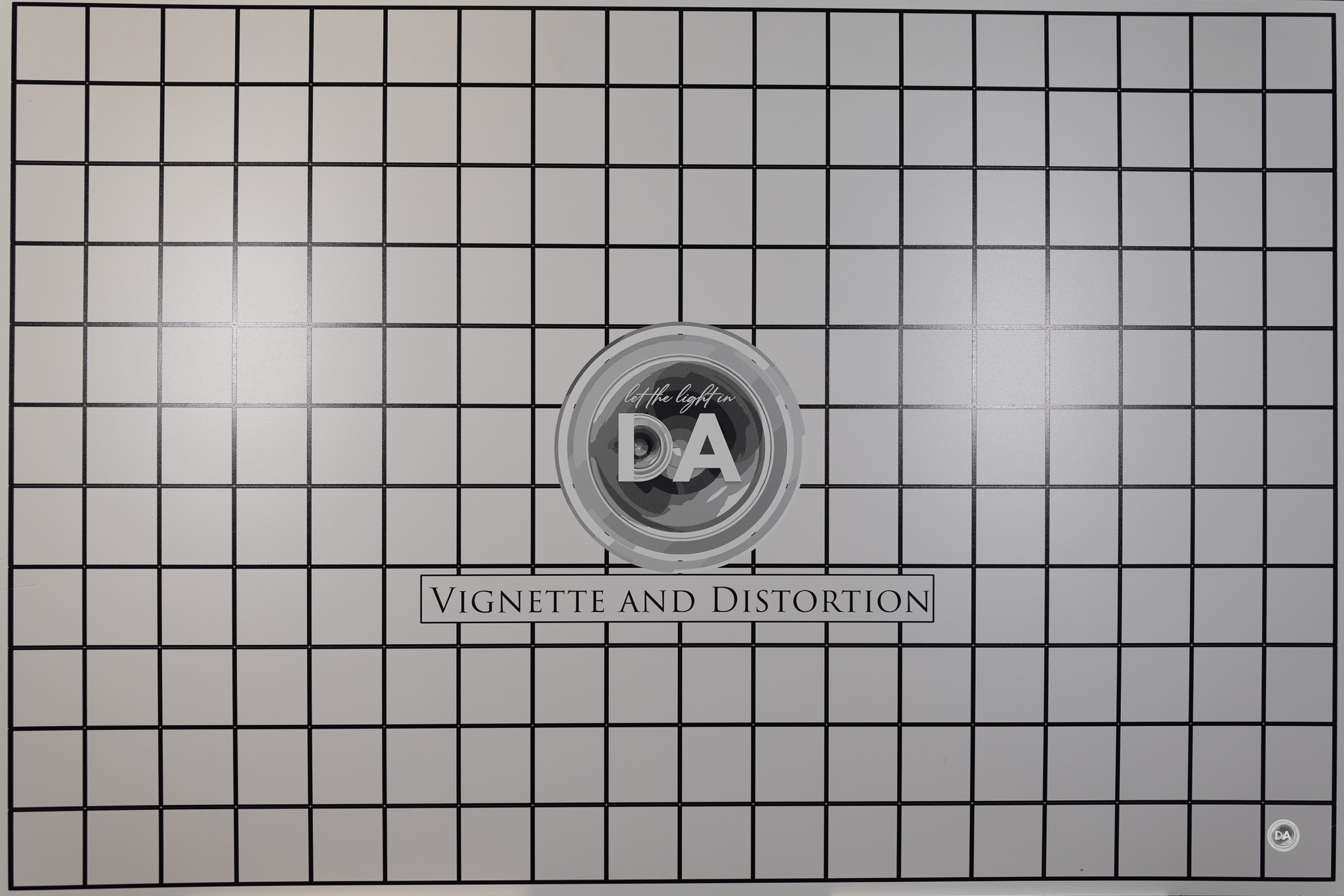

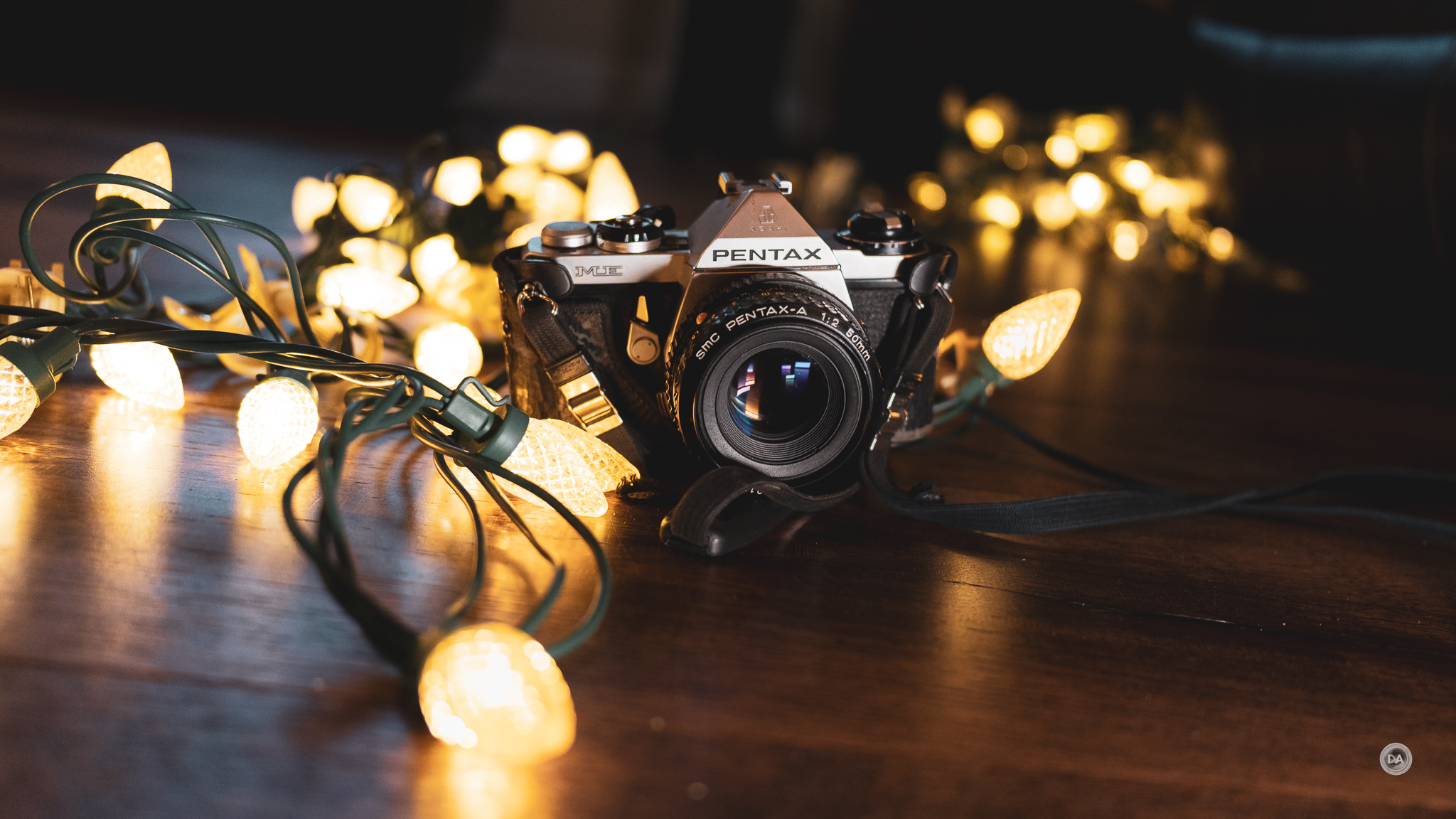










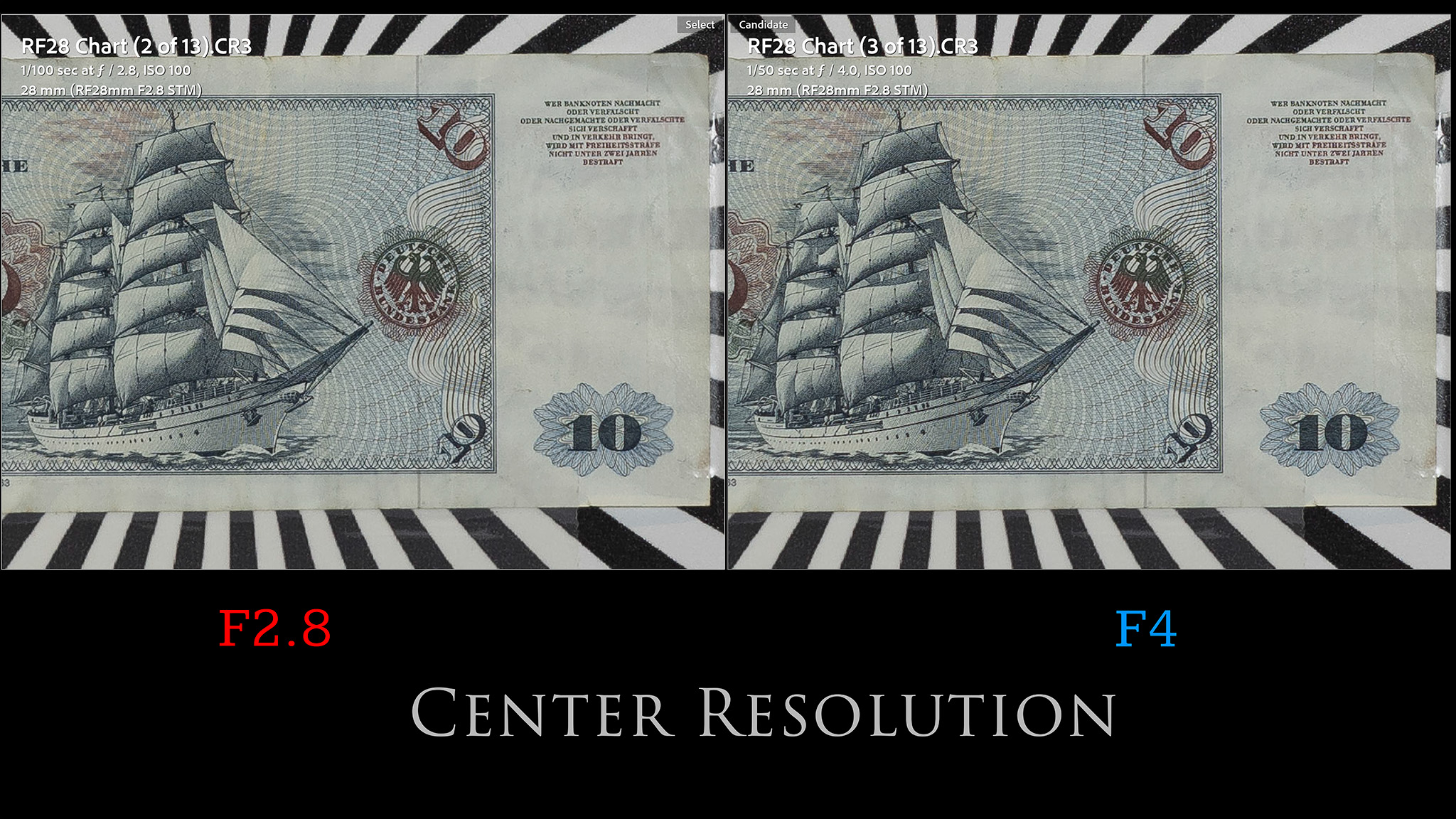
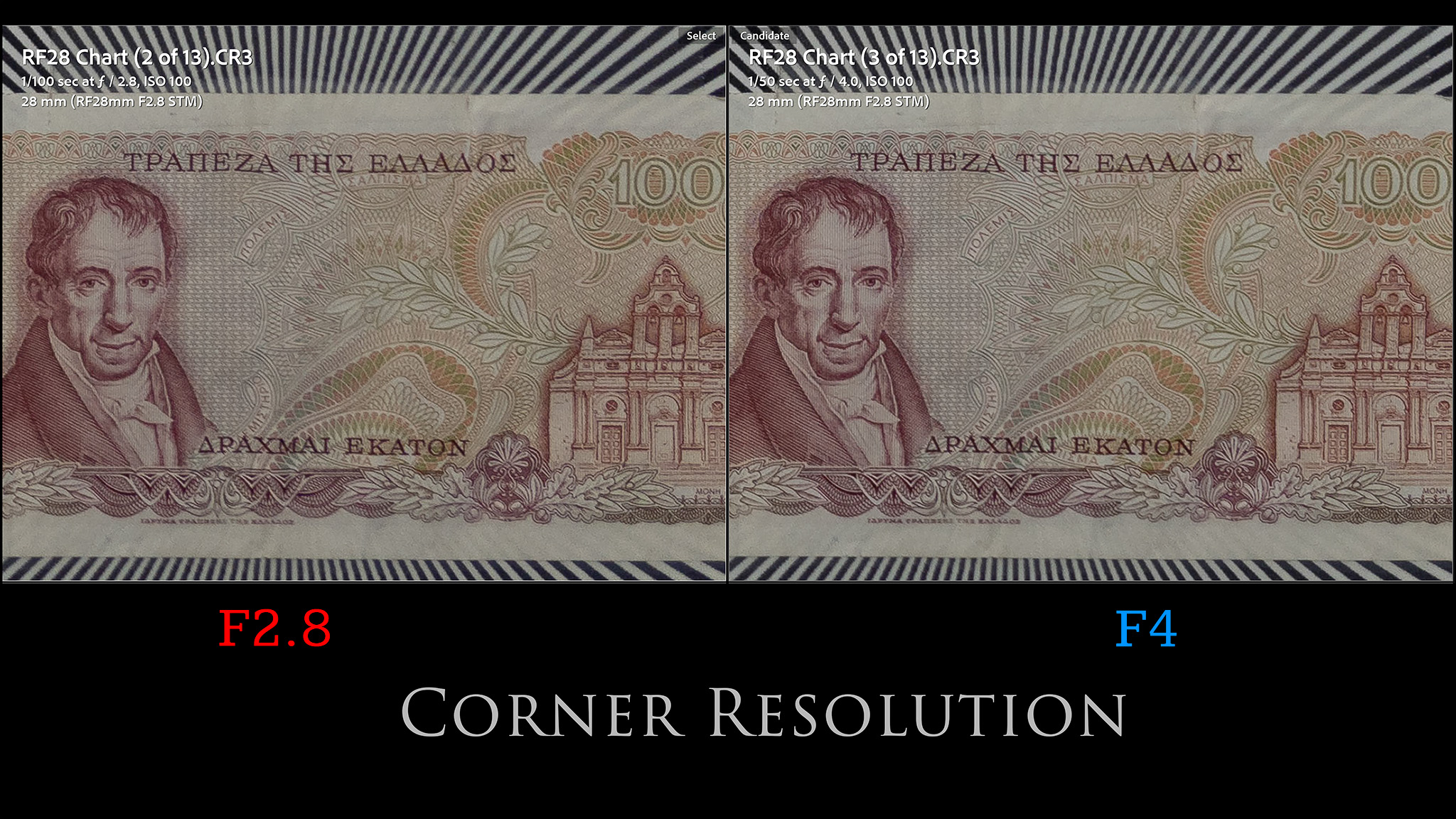
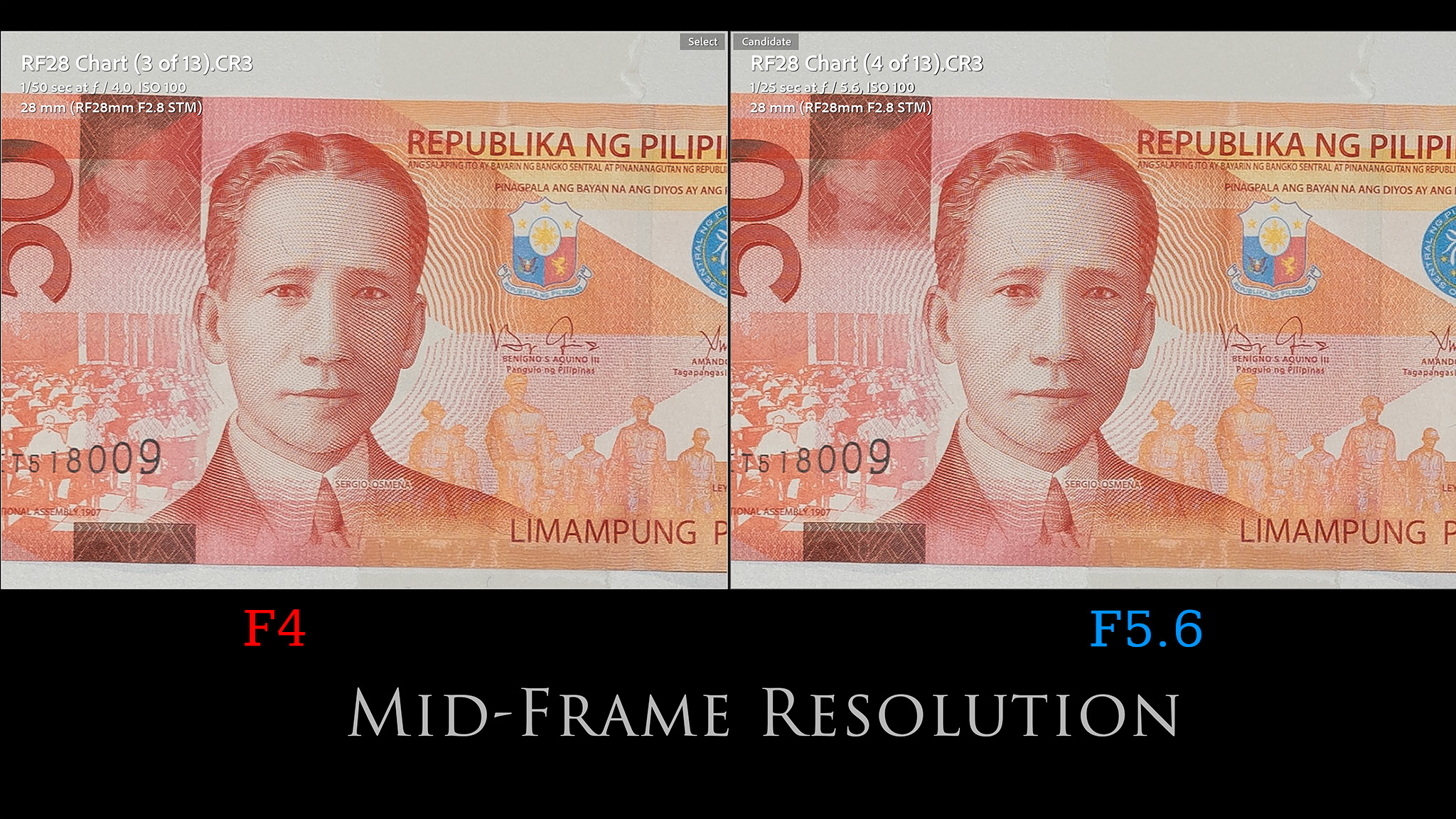
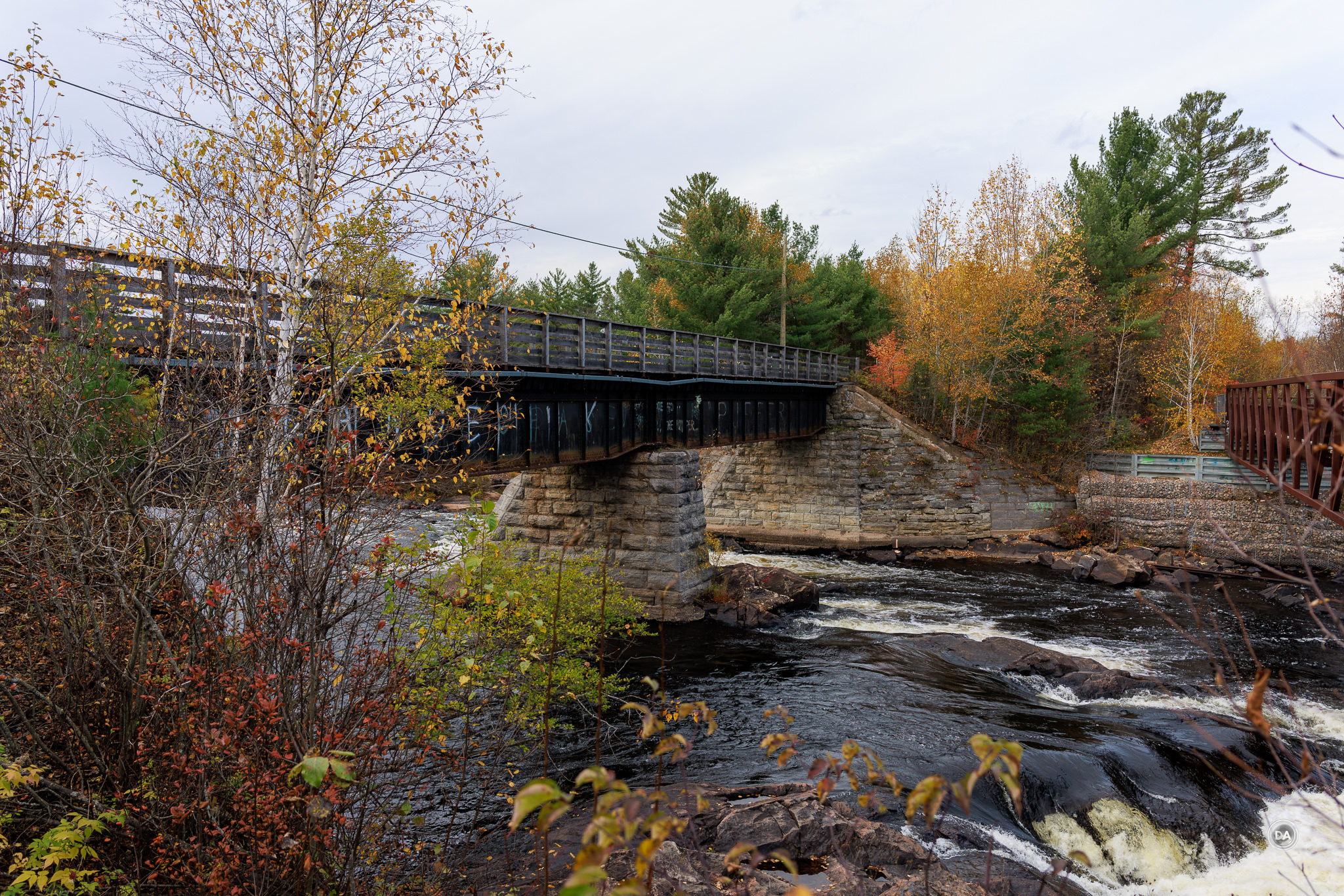

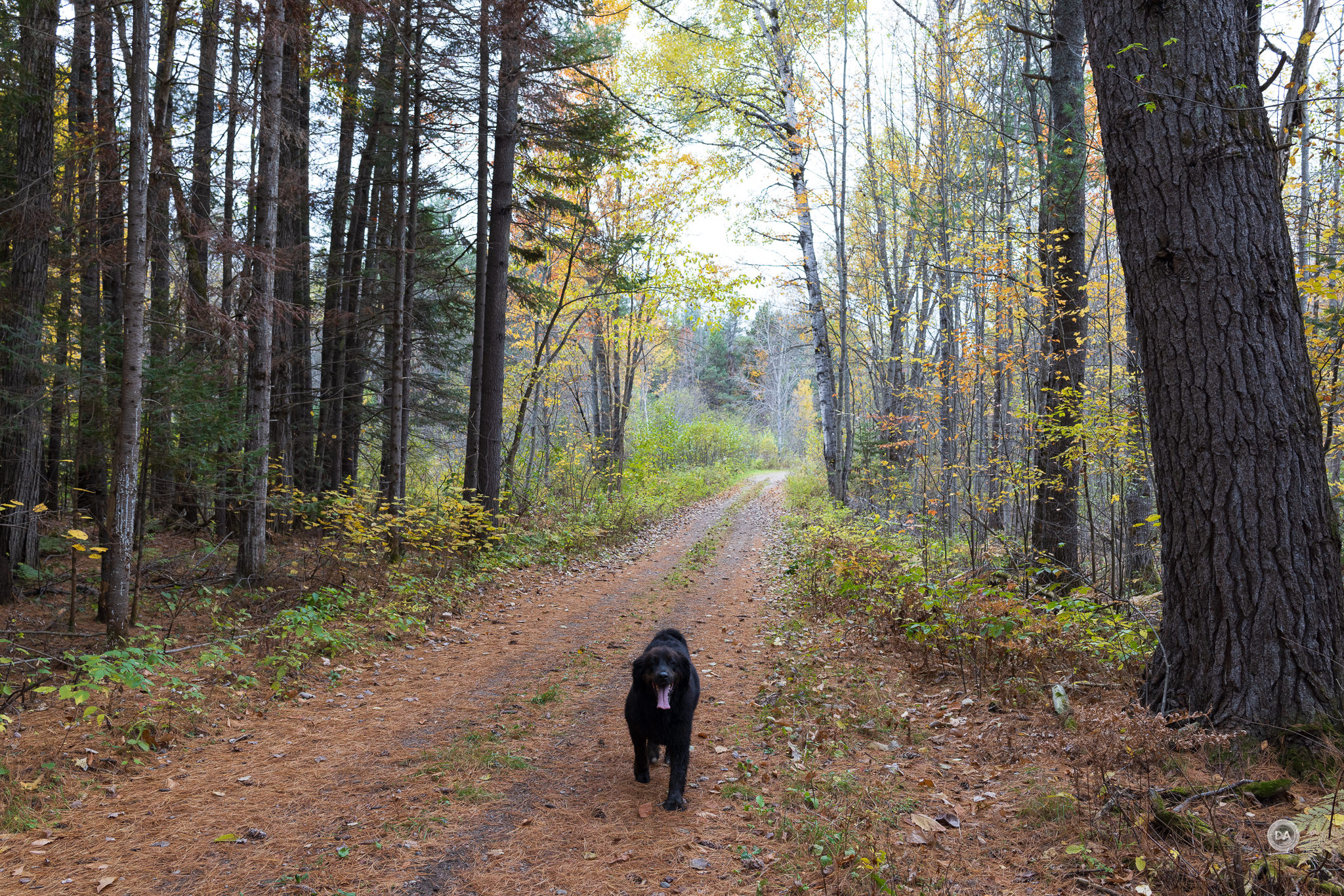
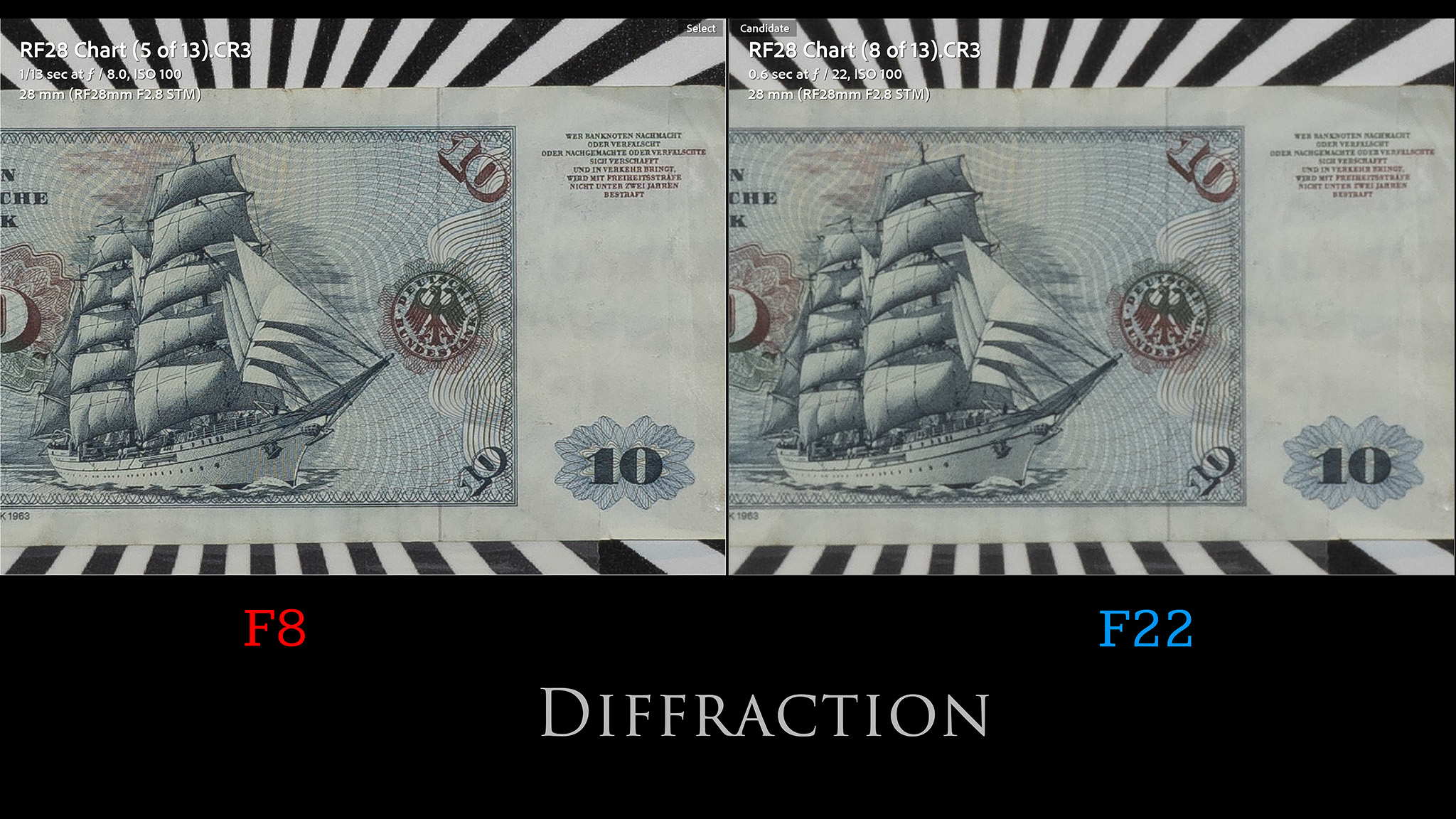




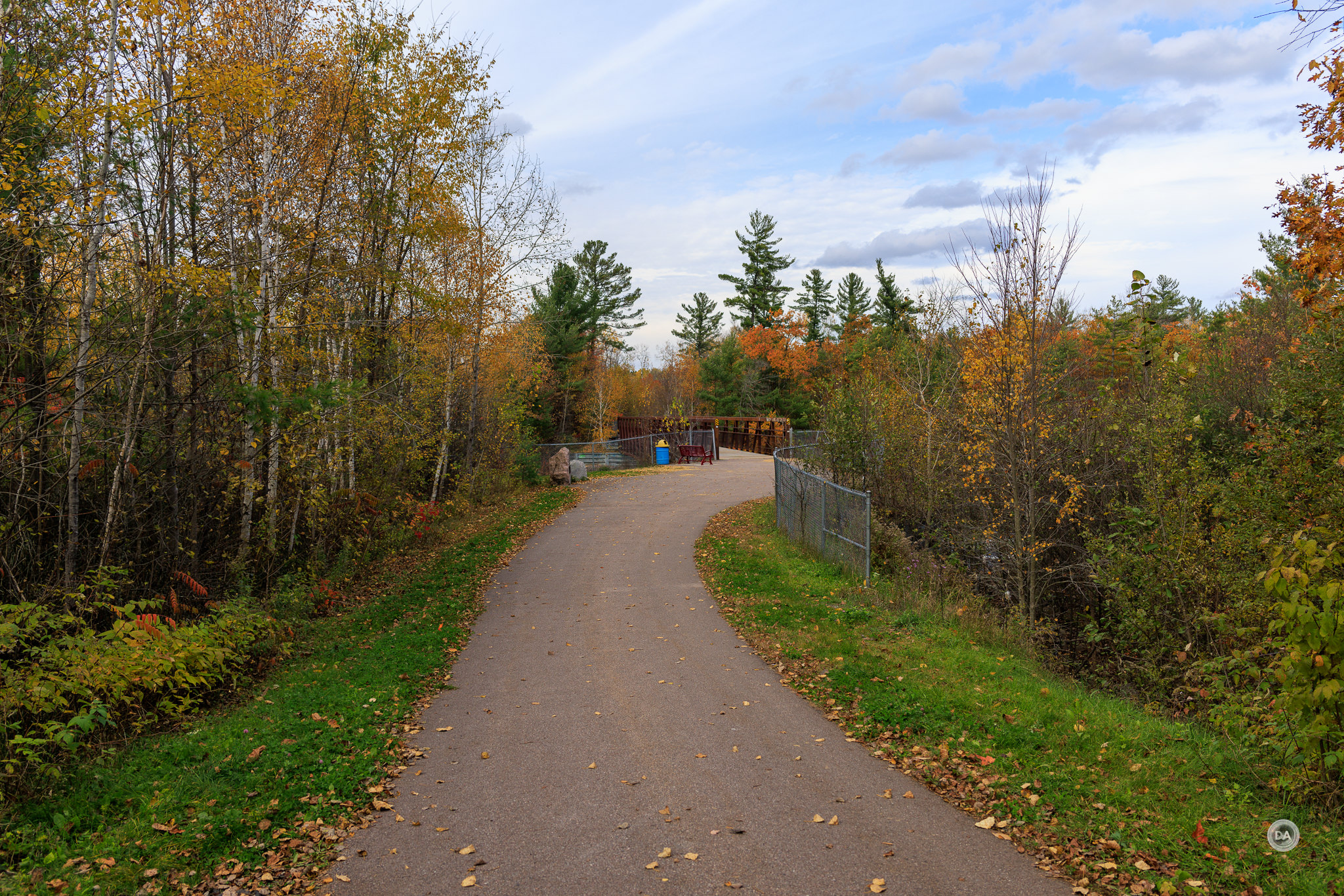



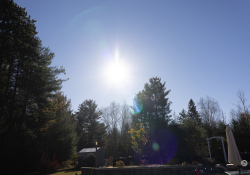







 Nikkor Z 35mm F1.2 S Review
Nikkor Z 35mm F1.2 S Review  Kase AF 85mm F1.4 Review
Kase AF 85mm F1.4 Review  Fujifilm X-Half Review
Fujifilm X-Half Review  Nikkor Z 35mm F1.8 S Gallery
Nikkor Z 35mm F1.8 S Gallery 


